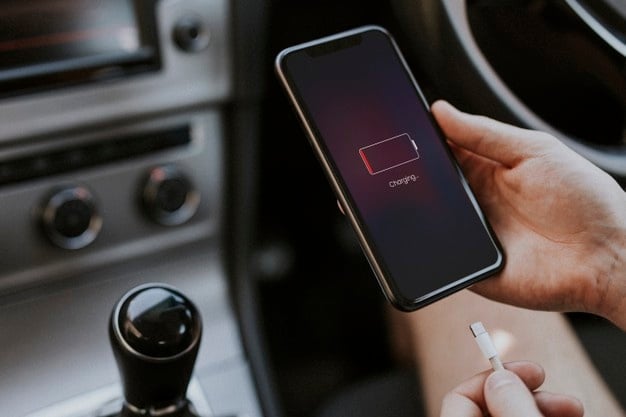The earliest battery, according to scientists, was discovered in 1936 and is located in the National Museum of Iraq. The estimated age of this artifact is more than two thousand years.
This galvanic cell produced a current of about two volts and was used for anodizing. This is the process of applying a thin layer of metal to the surface of various objects using a current.
From the time of the first batteries to the present day, there have been no cardinal changes in them. The components are the same: anode, cathode and electrolyte. The principle of action can be explained in simple language as follows. When charged, electrical energy is converted into chemical energy, and when it is discharged, vice versa.
We have been promised a breakthrough in the storage of electricity for a long time, but no one has progressed further. All developments are very expensive to manufacture and not suitable for the mass consumer. There is no need to expect dramatic changes in this industry in the near future.
There are many types of batteries today: alkaline, lead-acid, lithium-ion, lithium – polymer, helium, nickel-metal-hybrid. And this is not a complete list. Differences are the materials from which they are made, which have different chemical properties.
Lithium batteries are our reality today. Even such auto concerns as TESLA , headed by Elon Musk, rely on lithium batteries and invest in their development.
The reactions that occur in rechargeable batteries are sensitive to ambient temperature. In the cold, the processes slow down, the voltage required for the normal operation of the smartphone drops, and the power controller can give an emergency shutdown command. Devices with a large battery capacity are less susceptible to this.
Overheating of the battery causes more significant harm, which can lead not only to breakdown, but also to spontaneous combustion or explosion. This risk is increased by holding the smartphone under a pillow while charging. The average temperature range for operation is from -10 to +40, and for charging from 0 to +20. Experts believe that discharging at 0 also negatively affects the performance of the battery.
When using fast charging, use only branded accessories or analogs from trusted manufacturers. Cheap fakes lack special protection from several regulators and sensors, which can lead to damage.
When choosing a smartphone, you can pay attention to models in which the battery consists of several cans or sections. On such smartphones, charging is faster, and the energy output increases without harm to the device.
By applying simple rules, you can add battery life.
- Power supplies and cables must be certified. A plus will be the use of complete accessories.
- Do not charge a hot phone. Try not to use it during the process.
- Do not place the machine under the pillow while it is receiving power.
- Remove the cover before starting.
- If you are using it overnight, use a slower charge.



